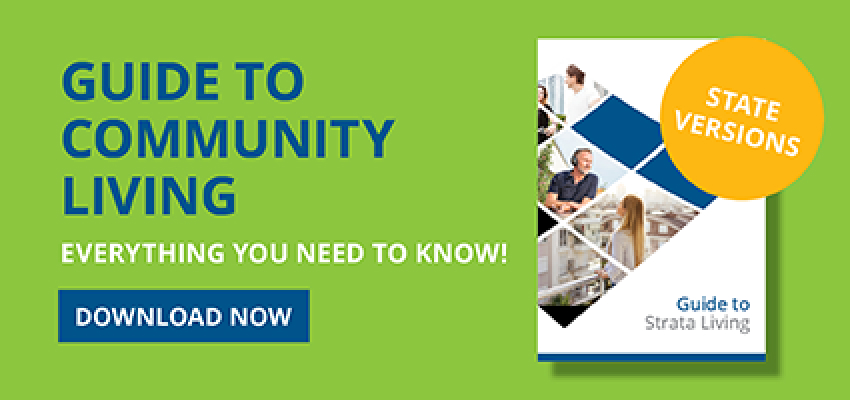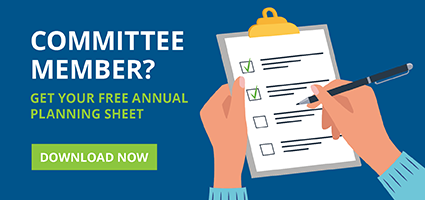Imagine your utter devastation if the place your daughter called home was to catch fire.
Now visualise how you would feel if during the course of their investigations, the fire department discovered that the fire in the strata residence she rented off you was found to have been caused by a faulty light switch.
Finally, picture your despair if it suddenly dawned on you that that same switch was the one she’d complained was not functioning properly several weeks earlier.
Irrespective of whether your tenants are related to you or not, there are several obligations relating to electrical safety, gas safety and fire alarms you as a landlord need to be aware of in regards to your rental property.
Written report
Before the start and end of the tenancy, the landlord or property manager must prepare a property condition report detailing the safety and standard of every room in the rental property. The report must also include information about the fixed electrical appliances in the home while some landlords also like to include a full maintenance schedule.
Smoke alarms
Platinum Electricians sales and marketing manager Matthew Smithson says one of the first checks landlords should do when offering their strata investment up for rental is to ensure the property is fitted with working smoke alarms. Under Building Code of Australia regulations, the number of alarms required is determined by the property size but each must be positioned correctly.
Each alarm must be tested and cleaned within 30 days before the start of a tenancy (including renewals) and batteries that are spent or known to be almost spent should be replaced within 30 days before the start of a new tenancy or the start of a tenancy renewal period.
Fire safety
Smithson says landlords also have responsibilities with respect to fire safety. While these may vary depending on state/territory legislation, generally furnishing should be fire resistant and smoke alarms installed in accordance with regulations. For tenanted apartments with multiple occupancies, landlords may need to provide extra fire safety measures such as fire blankets and extinguishers.
Safety switches
Smithson says most states and territories impose a duty on the landlord to install safety switches for all power outlets, lighting circuits, and power circuits. These rules apply in various forms in Queensland, New South Wales and Western Australia, while other states and territories have their own specific recommendations or requirements. Smithson says penalties of up to $1,500 may apply if safety switches are not installed.
General electrical safety
While residential tenancy requirements vary from state to state and electrical safety requirements in common areas is the responsibility of the body corporate or owners corporation, generally, landlords must take measures to ensure a level of electrical safety on their rental property, Smithson says. Before leasing the property and accepting new tenancies, the landlord needs to ensure all the appliances are in good, safe working order. Dirty appliances must be cleaned in accordance with the manufacturer’s instructions and faulty appliances should be replaced.
Appliances and wiring should be checked to ensure that there is no damage to wiring or casing, dirty appliances must be cleaned and faulty appliances should be replaced.
Blinds and cords
It’s recommended that blind and curtain cords are included as part of a landlord or property manager’s inspection. Smithson says landlords must ensure that any window coverings with cords or similar hazards are in line with existing requirements. For example, in NSW all blind cords can’t be within reach of children due to the risk of strangulation. These rules apply whether the tenants have children or not, he says.
Window and balcony safety
In NSW and Queensland it is the responsibility of the body corporate/owners corporation to ensure balcony windows on strata properties have been fitted with window safety devices, such as child safety locks, which resist the window opening to just 12.5cm and can withstand up to 25kg of force. Other states and territories have their own specific recommendations or requirements. Smithson says there is no obligation for landlords to monitor or enforce the use of window safety devices, therefore it’s up to the tenant to have a physical inspection of the window safety devices as well as the condition of the balcony.
Security and locks
The landlord is responsible for the property to have a reasonable level of security in place. Again, what is considered reasonable varies in different situations. However, Smithson says the landlord has an obligation to ensure the property must meet the minimum security standards specified in accordance with state law in regards to main entry doors, balcony doors and louver windows.
To discuss your property’s strata management needs or receive a FREE management proposal contact our friendly team. We also offer more helpful resources and community living news in our FREE newsletter.








